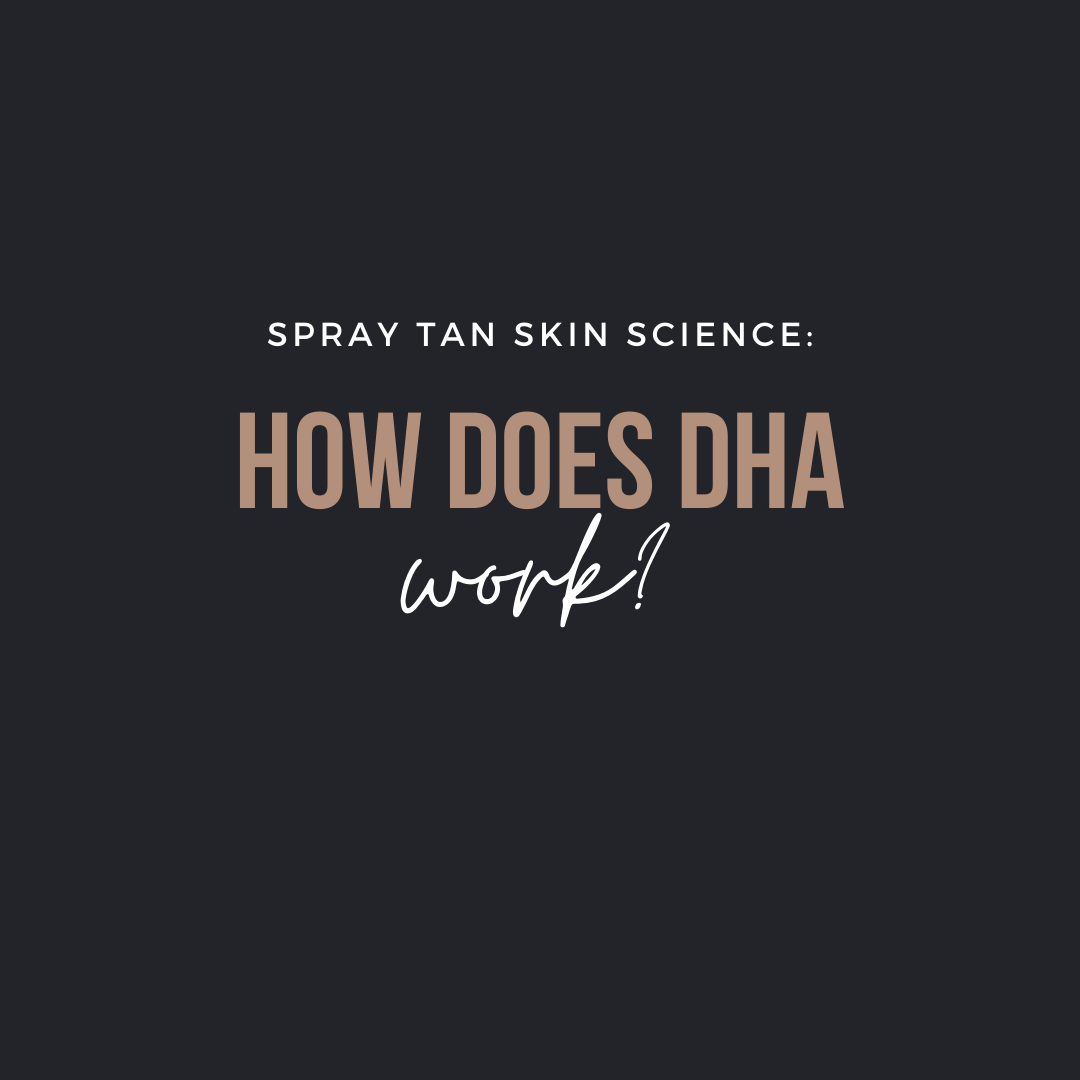The Science of Spray Tanning and How DHA Works
Spray tanning is a popular alternative to traditional tanning methods that involve exposure to harmful UV rays. Spray tans use a solution that contains dihydroxyacetone (DHA), which reacts with the amino acids in your skin to produce a tan. But how does DHA work, and what makes it such an effective tanning agent? In this blog post, we'll explore the science behind spray tanning and how DHA works.
What is DHA?
DHA is a colorless chemical compound that is derived from sugar cane or sugar beets. When applied to the skin, DHA reacts with the amino acids in the outermost layer of your skin to produce a tan. This reaction is known as the Maillard reaction, which is the same process that occurs when you cook food.
How Does DHA Work?
DHA works by reacting with the amino acids in the keratin protein that is found in the outermost layer of your skin. This reaction produces a brownish color that resembles a natural tan. The tan produced by DHA is temporary and will eventually fade as your skin naturally sheds its outermost layer.
The depth and longevity of your tan will depend on the concentration of DHA in the spray tan solution and the amount of time it is left on your skin before being rinsed off.
Is DHA Safe?
DHA has been approved by the FDA for use in spray tanning products. However, it's important to note that DHA only affects the outermost layer of your skin and does not penetrate beyond this layer. This means that it is unlikely to cause any harm to your internal organs or your overall health.
However, it's essential to follow proper safety precautions when using spray tanning products, such as avoiding inhaling the spray and covering your eyes, nose, and mouth. It's also important to choose a reputable spray tanning technician or product to ensure that you are getting a safe and high-quality tan.
In conclusion, DHA is a safe and effective tanning agent that works by reacting with the amino acids in the outermost layer of your skin. By understanding the science behind spray tanning and how DHA works, you can make informed decisions about your tanning choices and achieve a beautiful, natural-looking tan without exposing yourself to harmful UV rays.

